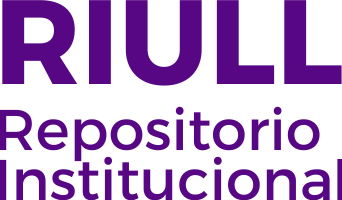Easy formation of AuPt nanoalloys on chitosan films and their synergistic effects in the catalyzed reduction of p-nitrophenol and hydrolysis of ammonia-borane
Fecha
2025Resumen
AuPt bimetallic nanoparticles supported on chitosan films were successfully obtained via a co-adsorption and coreduction approach, supported by the excellent ability of chitosan to interact with and retain Au3+ and Pt2+ ions.
The protocol enables the production of mostly spherical mono- and bimetallic nanoparticles, featuring average
diameters ranging between 2.0 and 3.0 nm while maintaining narrow size distributions. The catalytic properties
of nanocomposites were tested via the reduction of 4-nitrophenol (4-NP) and confirmed by the hydrolysis of
ammonia borane (AB). The catalytic response of bimetallic samples was significantly higher than monometallic
ones, with kinetic constants 5.0 and 3.0 times greater for 4-NP reduction and AB hydrolysis, respectively,
alongside higher conversions (> 95 %) and turn-over frequency (TOF) values. Since all specimens exhibited
similar metal content (⁓10 w/w %) and comparable nanoentities in size, morphology, and dispersion, the above
results could be associated with an electronic synergism originating from the alloying process, enhancing the rate
of limiting steps in both reactions. Additionally, the use of chitosan as support facilitates easy catalyst recovery,
enabling its use for up to five successive catalytic runs without showing a noticeable decline in performance.




